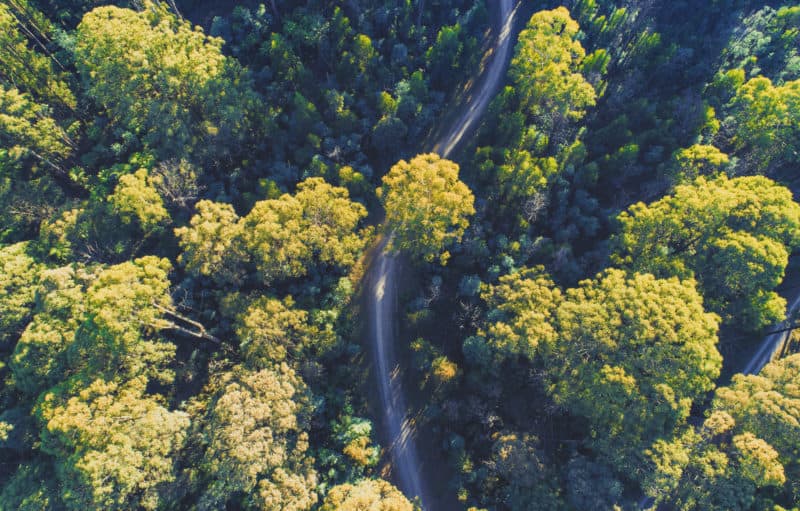NEWS 17 March 2022 |
After a long wait, community and environment groups are stunned and disappointed that the Victorian Government’s Distinctive Areas and Landscapes (DAL) policy draft for the Bass Coast entirely overlooked the biodiversity hotspot known locally as the Western Port Woodlands.
The Western Port Woodlands are home to many threatened and endangered species, including Koalas, Southern Brown Bandicoots and Australia’s largest owl species, the Powerful Owl.
Despite this, the entire area is identified for sand extraction. The draft Bass Coast Statement of Planning Policy was released last week, after an eight-month delay, and proposes a 50-year vision and planning controls to guide land use and development for the region.
The document is meant to strengthen planning controls for the region but has dismayed conservation groups and members of the community have been asking for the area to be protected for more than three decades.
Gerard Drew of local group Save Western Port Woodlands explained: “The woodlands were noted for the ability of their vegetation to hide the ugliness of sand extraction, rather than recognising the web of life within them. The draft policy seems to regard a landscape as only a collection of viewing points. It fails to understand that the beauty of the landscape comes from complex life and forces that shape them.”
“The DAL extends planning controls over the odd tree here or there that remain in the Bass Hills pastures, but condemns an actual wildlife sanctuary to the destruction of a bulldozer. It beggars belief.”
While inconspicuous, the much-loved Western Port Woodlands are the largest remnant of native bushland in the region, consisting of five small reserves and private land stretching from Lang Lang to Grantville on the eastern shore of Western Port Bay.
The woodlands were the subject of a recent report by the Victorian National Parks Association, Western Port Woodlands – wildlife corridor or sand pit? It showed the corridor is home to a wide range of threatened native animals and plants, including rare orchids, reptiles and fungi. The report also highlights the conservation value of the former Holden Proving Ground, and the threat posed by continued sand mining throughout the woodlands.
The absolute failure to recognise the importance of the Western Port Woodlands is a tragedy. As one of the most cleared areas in the state, every remaining piece of bushland in the Gippsland Plain bioregion should be protected and respected.
By favouring sand mining over native bush, the Distinctive Areas and Landscapes process has failed before it’s even started.
